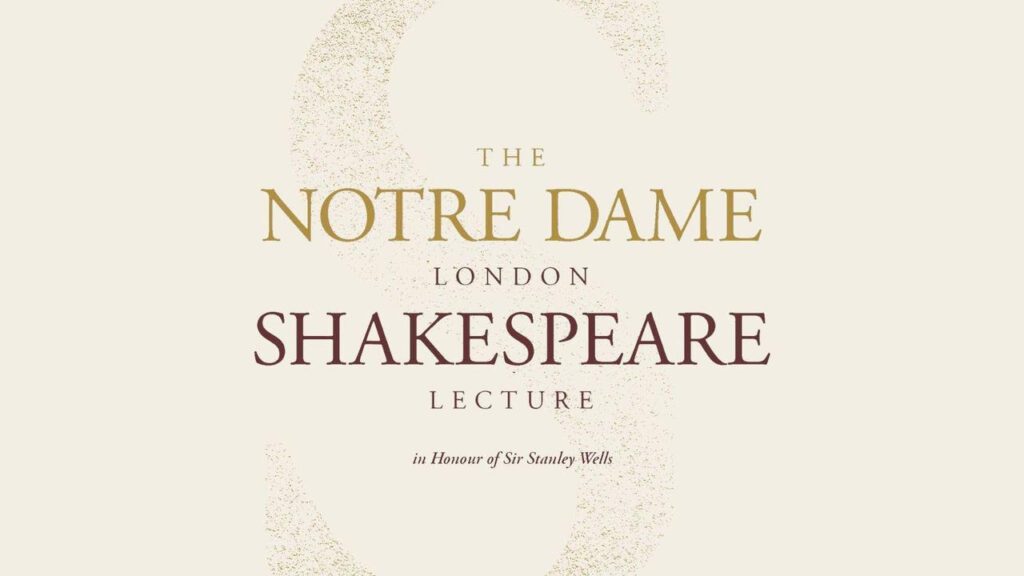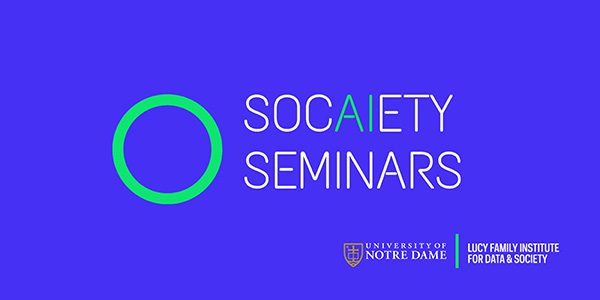Part 3 of Shakespeare & Possibility, a lecture titled “The Tragedy of Hamlet and the Sistine Madonna,” provided listeners with a thought-provoking exploration of the intersections between faith, art, and literature. Vittorio Montemaggi, Academic Director at the Notre Dame London Global Gateway, and Boika Sokolova, author of “Shakespeare’s Others in 21st Century European Performance: The Merchant of Venice and Othello” graced listeners with a powerful introduction, setting the stage for Emerita Rosenberg Professor of the Humanities at the University of Pennsylvania Margreta de Grazia to delve into the rich thematic tapestries woven by the tragedy of Hamlet and Raphael’s Sistine Madonna.
The lecture captured the attention of a diverse audience, appealing to enthusiasts of Shakespeare, Renaissance art, and philosophical discourse. It commenced with de Grazia reflecting on the impact of German idealist post-Kantian thought on Coleridge, particularly during her time at the University of Göttingen. This segued into a broader discussion on the historical shift of focus from the soul to the mind in psychology, a shift mirrored in the enigmatic character of Prince Hamlet. de Grazia argued that Hamlet’s infamous delay and his ensuing psychological struggle encapsulate a universal dread of mortality and the enigmatic beyond. It was suggested that in the character of Hamlet, the audience witnesses a transformation from the tragedy of the soul to one of thought, marking a pivotal evolution in literary introspection.
Further delving into the notion of context and re-contextualization, de Grazia compared the journey of Raphael’s Sistine Madonna from its original sacred space within a church to the secular walls of a gallery. She posed a critical question: should such works be restored to their initial spaces of enchantment and sanctity? This question aligned with a central theme of the lecture: the implications of displacing art and literature from their original religious or spiritual frameworks.
Throughout the lecture, authenticity in the representation and performance of Hamlet surfaced as a recurring theme. When an audience member expressed reservations about the contemporary trend of gender-blind and age-blind casting in productions of Shakespeare, she suggested that while it is essential to distinguish between what should happen theoretically in criticism and theater, one must also acknowledge and tolerate what works in practice on the stage, demonstrating a nuanced approach to the art of theatrical interpretation.
Boika Sokolova, teaching Shakespeare at Notre Dame London, brought valuable insight into the lecture by discussing the vitality of Shakespearean education and the passion of the scholarly community at Notre Dame London for community engagement and social justice. Moreover, her highlight of the situation facing Ukrainian academics illustrated the lecture’s global awareness and connection to current events. Furthermore, the introduction of Margareta de Grazia as an influential voice in Renaissance studies and Shakespearean textual analysis enriched the conversation, pointing to the importance of editorial practices in shaping our understanding of Shakespeare’s plays.
In addressing the crossroads of religion, art, and disbelief, de Grazia explored the possibility of reconstructing belief systems without genuine devotion and the capability of language to illuminate different cultural contexts. These musings tied back to the overarching inquiry regarding the reception of Renaissance artworks in re-contextualized settings, and whether the secularization of such pieces could or should be reversed.
The philosophical and theological ponderings of major German thinkers like Hegel, Nietzsche, and Benjamin on Raphael’s Sistine Madonna further illustrated the lecture’s depth. The tour de force evidence of cultural transformation after the migration of the painting from church to gallery examined the complex relationship between sacred objects and their secular appreciation in modern contexts.
Simultaneously, de Grazia examined the transitions within “Hamlet,” suggesting a potential shift from tragedy to deep introspection within the play itself, challenging the audience to consider the extent to which reliance on certain modes of thinking might marginalize the sacred. The character of Hamlet’s soliloquy, “To Be or Not to Be,” came under the lens as a reckoning with the afterlife and a marker of existential crisis. de Grazia noted the emptying of meaning from the soliloquy over time and Schlegel’s influential translation, which emphasized internal thought at the expense of theological considerations.
The lecture wrapped with heartfelt gratitude for an enlightening discussion that not only interrogated the realm of Hamlet’s psychological battle and the sanctity of Renaissance art but did so in a way that animated the eternal questions of human existence and spirituality.



